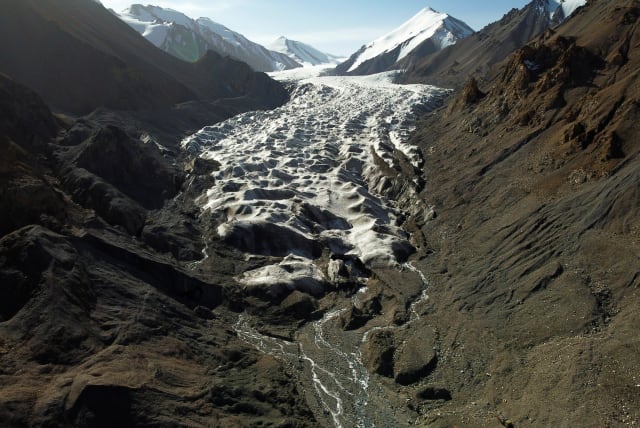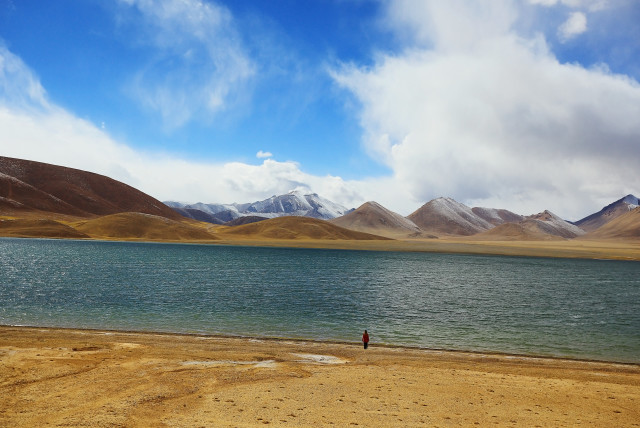Chinese scientists explore climate influence of Earth’s ‘third pole’

According to the study, the climate on the Tibetian plateau is changing – it’s getting warmer and wetter.
The Tibetan Plateau (TP), located at the crossroads between South, Central, and East Asia, is often referred to as the Earth’s “third pole” because of its effect on how the air moves and the overall climate of the region.
A new review by a team of Chinese scientists looks at what is known about how the TP influences the climate and points out where future studies should focus to learn more.
The research was published in the peer-reviewed journal Reviews of Geophysics and evaluated by a science writer from Eos, the news magazine published by the American Geophysical Union.
The TP comprises towering glaciers, frozen ground, and abundant snow, serving as the source for many rivers, including the Ganges, Indus, Mekong, Yangtze, and Yellow rivers, supplying water to almost 40% of the global population. It also affects how nearby and far away air moves by pushing and heating it.
Finally, the TP acts as a pathway for moving particles and pollutants between the lower and higher parts of the atmosphere.
Climate on the Tibetan Plateau getting 'warmer and wetter'
According to the study, the climate on the plateau is changing – it’s getting warmer and wetter. The warming is causing the ice on the mountains to melt, the frozen ground to thaw, and more plants to grow. Climate wetting has led to a significant increase in the number of major lakes because there’s more rain.
At the same time, the authors say the TP affects local and regional climates.
For example, the heat from the TP helps drive the Asian summer monsoon, which pushes pollutants high up in the air, where they can more easily travel and spread. The TP’s temperature changes make the air move, impacting ocean currents – even those farther away.
The temperatures and rainfall on the plateau are expected to keep changing and getting warmer and wetter throughout this century.
The authors, therefore, outlined several areas of research that need attention to help preempt and predict its effects, which are delineated in the Eos article.
First, they say that more data needs to be collected to understand how climate quantitatively influences air heating over the plateau.
Second, they call for more frequent observations of the weather on the TP to better model processes like clouds and rainfall in the atmosphere more accurately. They also want to improve regional and global models in general so that they represent the plateau more accurately and remove any biases.
Finally, they recommend creating a comprehensive understanding of the physical aspects of the TP’s climate patterns and how its warming can and will affect global climate.
The Environment and Climate Change portal is produced in cooperation with the Goldman Sonnenfeldt School of Sustainability and Climate Change at Ben-Gurion University of the Negev. The Jerusalem Post maintains all editorial decisions related to the content.
Jerusalem Post Store
`; document.getElementById("linkPremium").innerHTML = cont; var divWithLink = document.getElementById("premium-link"); if (divWithLink !== null && divWithLink !== 'undefined') { divWithLink.style.border = "solid 1px #cb0f3e"; divWithLink.style.textAlign = "center"; divWithLink.style.marginBottom = "15px"; divWithLink.style.marginTop = "15px"; divWithLink.style.width = "100%"; divWithLink.style.backgroundColor = "#122952"; divWithLink.style.color = "#ffffff"; divWithLink.style.lineHeight = "1.5"; } } (function (v, i) { });

